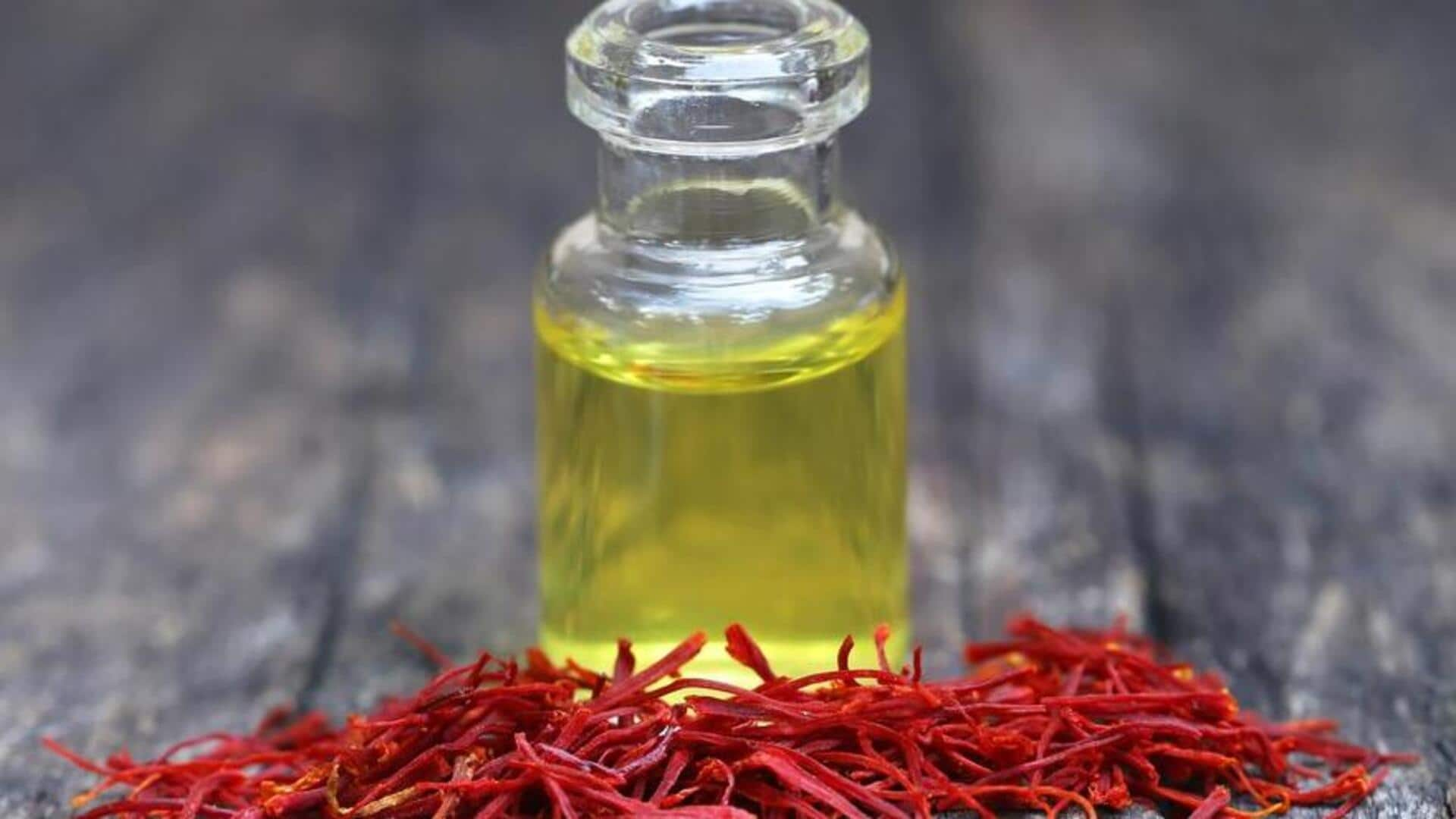
Kumkumadi oil is so good for the skin. Here's how
What's the story
Kumkumadi oil is an Ayurvedic marvel that is a solution to several skin problems. It is made using various herbs like mulethi, saffron, yashtimadhu, pattaga, laksha, pakar, and daruhaldi, and also combines ingredients like rose water, goat milk, and sesame oil, which makes it an elixir that works like a miracle on the skin. Let's find out its top health benefits.
Antioxidants
Prevents acne and pimples
Kumkumadi oil is blessed with an abundance of antioxidants that keep your skin from developing acne and pimple breakouts, irrespective of your skin type. Its mild cleansing properties, including antibacterial and anti-inflammatory attributes, make it effective in eliminating dead skin cells and preventing the formation of dirt particles. It also leaves your skin hydrated and nourished.
Good sun-resistant
Acts like sunscreen
This oil is a natural way to protect your skin from the harmful rays of the sun. According to experts, this oil has saffron pollens which makes it a good sun-resistant. The presence of other beneficial ingredients like sesame oil, rose water, and saffron oil also protects the skin from sun-induced skin woes like irritation or redness. It boosts the production of collagen too.
Skin-lightening properties
Has skin-lightening properties
Experts believe that kumkumadi oil has skin-lightening properties that can improve one's complexion. This is because it is known to improve blood circulation and rejuvenate skin cells, which offers a healthy radiance. Additionally, it also removes tan and gives a lasting glow by balancing the natural oil for your skin. No matter what your skin type is, you can use it to brighten it.
Removes blemishes
Removes signs of aging like blemishes and dark spots
Including kumkumadi oil in your daily skincare routine can help delay signs of aging such as blemishes, dark spots, and pigmentation. At the same time, it also improves the texture of your skin and keeps it clear and moisturized throughout the day, making you look more youthful. In Ayurveda, this oil is considered anti-aging as it stimulates the production of collagen.